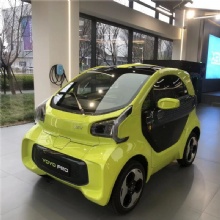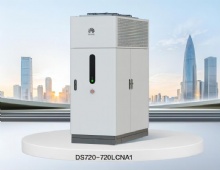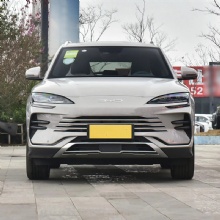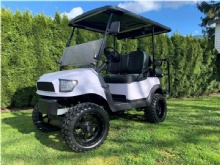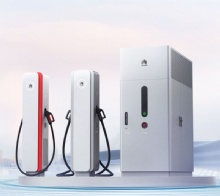Author:MarwenDate:2023-12-26
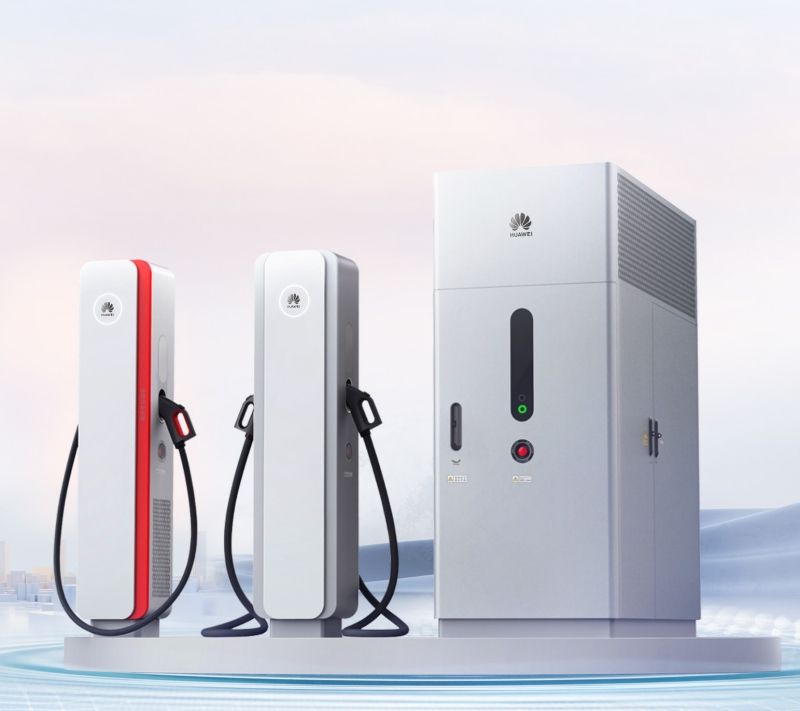
The era of overcharging of new energy vehicles is coming, are you ready? From "charging for one hour and queuing for four hours" to "having a cup of coffee and starting with a full charge", overcharging technology has gradually matured and been commercialized, bringing great convenience to new energy vehicle users. Imagine you're out running errands and suddenly realize you forgot to charge your phone, and you're overwhelmed with anxiety. Now with overcharging technology, all these worries disappear. In just one cup of coffee, your car can be fully charged and you no longer have to worry about battery life.
According to the official introduction, fully liquid-cooled supercharging has the following three major advantages:
1. Faster charging, "one kilometer per second": The fully liquid-cooled supercharging terminal has a maximum output power of 600kW and a maximum current of 600A. It can still provide new energy car owners with a charging experience like refueling in high-altitude areas.
2. High reliability and long service life of the equipment: Full liquid cooling technology ensures high reliability of the equipment. It can withstand high temperature, high humidity, dust and corrosion in plateau areas, and can adapt to various complex working conditions along the line.
3. Matches all car models and charges as soon as the car comes in: The one-time charging success rate is as high as 99%, and the 200-1000V charging range matches all car models, including passenger cars such as Tesla, Xpeng, and Lili, and commercial vehicles such as Lalamove. 318 Sichuan-Tibet Line is the first to realize "charge as soon as you arrive, charge and go".
What is the concept of 600kW charging speed?
Charging capacity = charging power * charging time. To put it simply, 600 kWh can be charged in 1 hour, so it only takes 10 minutes to charge 100 kWh.
At present, the vast majority of electric vehicle and plug-in hybrid vehicle batteries have less than 100 kilowatt-hours of electricity. If the power can be maintained at 600kW, they can be fully charged in less than 10 minutes.
The general power of supercharging piles on the market is still around 300kW, and the peak power of Tesla V3 supercharging piles can reach 250kW. The peak power of Porsche's 800V high-voltage overcharge has also reached 270kW, and the maximum power of Xpeng's 800V high-voltage fast charge is 480kW.
The liquid-cooled charging module used in the fully liquid-cooled charging pile does not have any air ducts on the front or back. It only relies on the coolant circulating inside the liquid-cooling plate to exchange heat with the outside world. Therefore, the power part of the charging pile can be designed to be fully enclosed, and the radiator is externally connected. The heat is brought to the radiator through the coolant inside, and then the outside air blows away the heat on the surface of the radiator.
The advantage compared with air cooling is that conventional charging piles use air to blow away the heat of the overall module, but dust, salt spray or water vapor will also adhere to the surface of the internal components, which will lead to poor system insulation and poor heat dissipation and charging efficiency. Low, reducing equipment life. The fully liquid-cooled design makes it quieter during charging, and the wires do not need to be thickened. The overall body is lighter and the system reliability is higher.
According to the relevant person in charge of Huawei, ordinary charging piles generally only have a service life of 3-5 years, while the service life of Huawei's liquid cooling piles can be as long as 20 years.
The emergence of Huawei's 600kW liquid-cooled supercharging pile is bound to accelerate the technological development and widespread application of high-power liquid-cooled charging piles, and will play a good supporting role in the development of upstream new energy vehicles.
↓Next [ What is a photovoltaic carport and what are its advantages? ]

